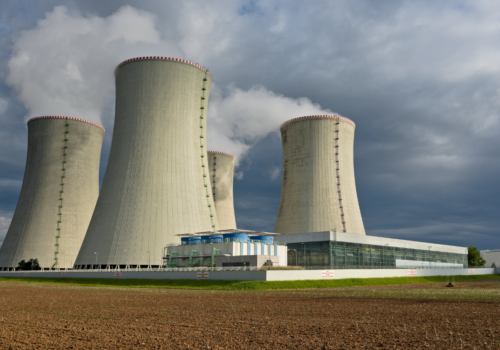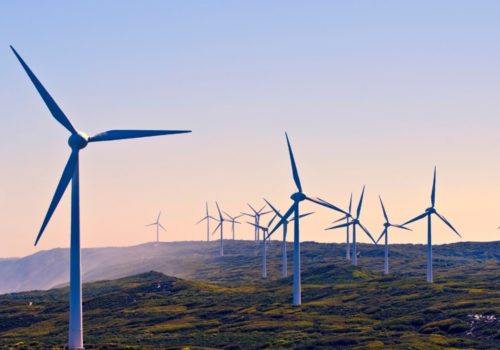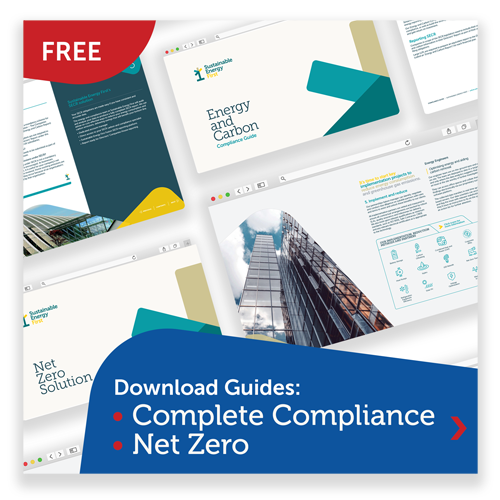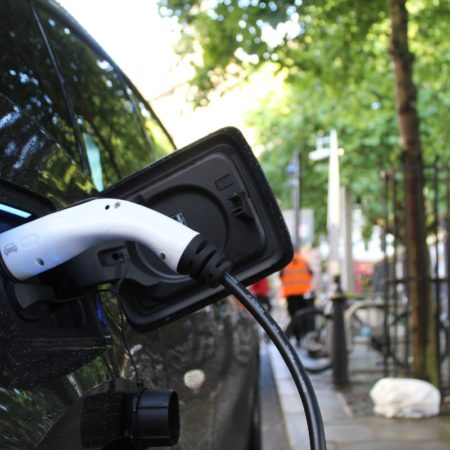The UK Green Building Council (UKGBC) has produced new guidance on net zero buildings, which will form the basis of best practice both for new builds and for getting existing buildings to net zero. It builds on the earlier framework definition on net zero carbon buildings (published 2019) and sets out best practice for both new builds and existing buildings. Here are some of the key takeaways.

Phase out fossil fuels
New builds should be compatible with being powered entirely by renewables. For existing builds, the focus is on a more gradual phase-out, as part of the cycle of system replacements. If it is unfeasible to switch to renewables in the next systems upgrade, you will need a clear plan for phasing them out in the one after that, and a strategy for offsetting their use in the meantime. (More on offsetting further on.)
Avoid double-counting renewable energy
The new guidance stresses the importance of renewable sourced electricity, and having “exclusive ownership of the energy attribute”. If you’re generating your own energy on site, that’s straightforward. If you’re buying it from a supplier you may need to do some research.
The proof that your electricity supply is renewable comes in the form of a Renewable Energy Guarantee of Origin (REGO) certificate. REGO certificates must be retired on the Renewables and CHP Register to prevent double counting of the energy attribute elsewhere.
The UKGBC has also introduced a third principle for best practice: additionality. This means that your supply contract should contribute to the construction of new renewable energy facilities, rather than just buying some of the renewable energy that’s already available.
Three routes to additionality
To achieve additionality and meet the UKGBC standards for renewables energy procurement, the guidance suggests these three routes (or a combination of them):
1. Create and manage your organisation’s own renewables generation project, whether on-site or off-site. It’s fine to export any surplus energy generated and use this to offset fossil fuel use, but the guidance says that it should be genuinely surplus. You should get a REGO issued for every megawatt hour exported, then “retire” the REGO so that it can’t be claimed by the National Grid as new renewables and double-counted.
2. Enter into a corporate power purchase agreement (CPPA) directly with a renewables generator. New, unsubsidised projects are recommended here as they demonstrate additionality, but there may be other routes. For example, if a PPA with a subsidised renewable generator can demonstrate that the revenue stream contributed by your organisation was a decisive factor in the decision for the generator to build, or for a funder to lend, then that would demonstrate additionality.
3. Sign a contract with a supplier which actively helps to create new renewables projects – the guidance calls these “high quality green tariffs”.

Use internationally recognised standards for carbon reporting
If you are aiming for net zero buildings, it is crucial that you use recognised standards when calculating greenhouse gas emissions. The UKGBC recommends using the internationally recognised Greenhouse Gas Protocol (GHG Protocol) for your energy emissions. This divides energy use into direct emissions, e.g. from an on-site boiler, known as Scope 1, and indirect emissions from purchased energy, known as Scope 2. If your company comes under the scope of carbon reporting schemes such as SECR, you will probably already be familiar with this.
There are two separate ways of recording Scope 2 emissions under the GHG Protocol; the location-based method, which considers average emissions for the grids that provide your energy, and the market-based method, which looks at the specifics of your energy supply contracts. Both have their flaws, which is why the GHG Protocol recommends using both.
Carbon offsetting
As our article on getting started with net zero buildings explained, we usually don’t have the luxury of starting from scratch; 80% of the buildings that will be around in 2050 have already been built, and retrofitting is much harder than designing in energy efficiency and compatibility with renewables from the start. The good news is that the UKGBC has always recognised this and acknowledged that some offsets will be needed to get the UK’s buildings to net zero by 2050. The new guidance sets out the principles for what makes an offsetting project a valid part of a net zero buildings strategy.
Just as with renewables procurement, additionality is key: has your organisation’s funding created a completely new project, or would the project go ahead anyway? Other key principles are that the offsetting project must be independently verified and have a genuine, measurable impact on reducing emissions. One carbon credit should mean that your company’s funding has removed a metric tonne of carbon dioxide equivalent from the atmosphere. This should be recorded on a publicly available registry to avoid any risk of double counting.
The UKGBC’s latest net zero buildings guidance is here. Need help with your decarbonisation strategy? Our simple net zero calculator will help you set a roadmap to net zero.























